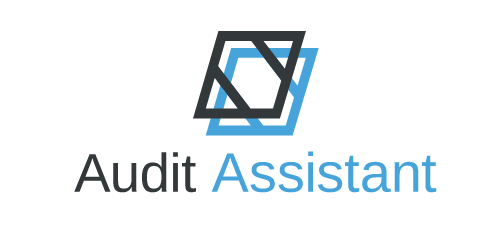For reporting beginning on or after 1 January 2022, not for profit entities (i.e., Charities Services) defined as large and as being either Tire 1 or Tire 2 entities are required to include a Statement of Service Performance (SSP). The External Reporting Board (XRB) have mandated that these entities will need to include a SSP report, alongside the financial statements. Which in turn makes up the Annual Performance Report of the Entity. This is a key aspect of current not for profit reporting requirements.
This combined report is to be filed with the Charities Office. The XRB have issued this new reporting standard which is contained in PBE FRS 48. This reporting standard does not allow reduced disclosures for Tier 2 entities. However, Tier 2 may have less information to be reported depending on the size of the charity. Linked here, is a webinar from Charities Services NZ regarding this requirement.
Why an SSP is useful
PBE FRS 48 requires SSP information because it tells the story of the organisation in an appropriate and meaningful way. It includes contextual information on why it exists, its future goals and what was achieved during the reporting period towards its broader aims and objectives. A detailed report is not required, only that which outlines the broader aims and objectives together with supporting contextual information.
The six qualitative characteristics for statement of service performance information
- Relevance – the SSP information should assist users in forming assessments about an organisation’s accountability for service performance and in making decisions. For example, whether to provide funding to an entity or whether to work with an entity in the pursuit of common goals.
- Faithful Representation – the report information should be complete, neutral, and free from material error.
- Understandability – it is to be communicated to users simply and clearly.
- Timeliness – SSP report information should be reported to users before it loses its capacity to be useful for accountability and decision-making purposes.
- Comparability – it should provide users with a basis and context to compare an entity’s service performance over time, and where appropriate, against planned performance or the performance of other entities.
- Verifiability – SSP report information needs to be able to be measured or described in a consistent manner, be capable of independent verification and exclude unsubstantiated claims.
What to report – practical application
An organisation’s service performance information shall report:
- Why the charity exists, what it wants to achieve, and how it wants to do that in a general sense.
- What the entity did during the previous financial year to move closer to these goals.
The standard describes several places from which the information can be drawn, including the organisation’s:
- Constitution
- Trust Deed
- Mission Statement (its vision and purpose)
- Planning and Strategic documents
The nature of the information that an entity provides to meet the requirements will depend on the circumstances of the entity.
The list below outlines all the factors that need to be considered when deciding on what to report.
- What it is accountable/responsible for. Some entities/charities services have responsibility for working towards improvements in health, education, welfare and/or supporting the social, economic and cultural wellbeing of individuals or a segment of society.
- What it intended to achieve during the reporting period. The information that an entity provides about its planned performance will be influenced by how much information the entity has previously published about its planned performance.
- How it went about achieving its service performance objectives. If an entity delivers goods and services in conjunction with another entity or collaborates with another entity in seeking to achieve its service performance objectives and goals, it needs to consider the most appropriate and meaningful way of reporting on its service performance.
- Incorporating other relevant factors. This is to give an understanding of its service performance during the period, such as the links between its financial statements and service performance information and/or external social, legal or economic factors (for example, changes in funding levels that affect its service performance).
Comparatives
The new not for profit reporting requirement (Service Performance Reporting standard) applies for periods beginning on or after 1 January 2022, however full comparatives are required on adoption.
The comparative period will be those periods beginning on or after 1 January 2021. This means all not-for-profit organisations in New Zealand have either started their comparative period already or are very fast approaching it.
Tier 1 and 2 service performance information can be reported in whatever format a charity perceives is best. The information may include:
- Visual elements, such as graphs and
- Cross-references to information in the financial statements or outside the performance report, where this is helpful to provide context for the
The only reporting requirement is that the information must be clearly identified in the Performance Report.
An entity shall report service performance information consistently. If an entity changes what it has previously reported or how it reported its service performance information, it shall explain the nature of those changes and their effect on the current period’s service performance information.
Audited or reviewed Annual Performance Reports
Where the Annual Performance Report is subject to an audit or review, the SSP report will be part of the audit or review process. This means additional documentation will be necessary to support the data contained in the SSP report, including that for the comparative year. This is for the first year of adoption only.
Do you need assistance to help you better understand the implications of this new Not For Profit reporting requirement? Contact your usual BVO audit advisor for more information.
Additional guidance can be obtained by downloading the following publications:
- Good practice in reporting about performance – Office of the Auditor General
- Explanatory guide A10 – Guidance for entities applying PBE FRS48 – External Reporting Board.




